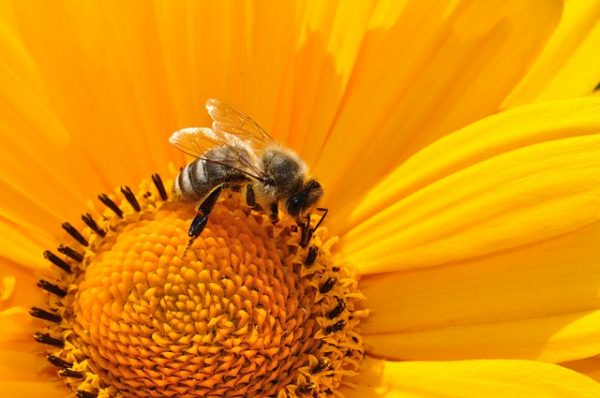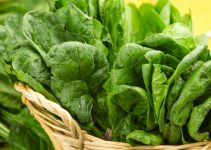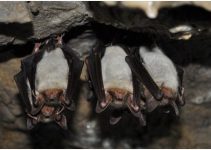Have you ever wondered how food is produced? Well, many of us take that aspect for granted but unless you can go on a diet of 100%, meat, then you should probably start thinking just how food is made.
But the real deal here is not just about how food is made but how food is produced, how it started.
There is a lot of media coverage about genetically modified organisms, toxic pesticides, and organic farming yet we have forgotten one key aspect in all these: pollination! Without pollination, most plants won’t be able to produce flowers and fruits. If plants do not reproduce, how are they going to sustain the people’s demand for food?
Now, plants are pollinated by bees and other pollinators but did you know that bees are responsible for the production of 70% of fruits and various plant-based products we use for our food? So, if bees go instinct, what will happen to us?

If bees go extinct, will humans also go extinct?
It is too dramatic to say that humans will go extinct if bees are gone forever but there would surely be shortage of food. You might say that would be just shortage of plant-based food, anyway, but that is where you are wrong!
Let’s remember the food chain. After all, it is not just people who eat plants. Remember that many animals also eat plants – but we should be more concerned about the animals whose meat we also eat.
Without plants, these animals will not survive. Thus, after the shortage of plant food for people and animals, there would be a shortage of animals. When that happens, what are we going to eat?
Though this scenario is theoretical at the moment, the reality is scary. The population of bees and other pollinators are swiftly declining, possibly because of human-caused factors such as the use of pesticides which also poison these useful pollinators!
So, the final answer to the question is this: if bees go extinct, humans could also get extinct; though the process would be quite slow and painful.
…and don’t let me get started about what clothes we’re going to wear if bees go extinct.
Watch the informative video from AsapSCIENCE here:





